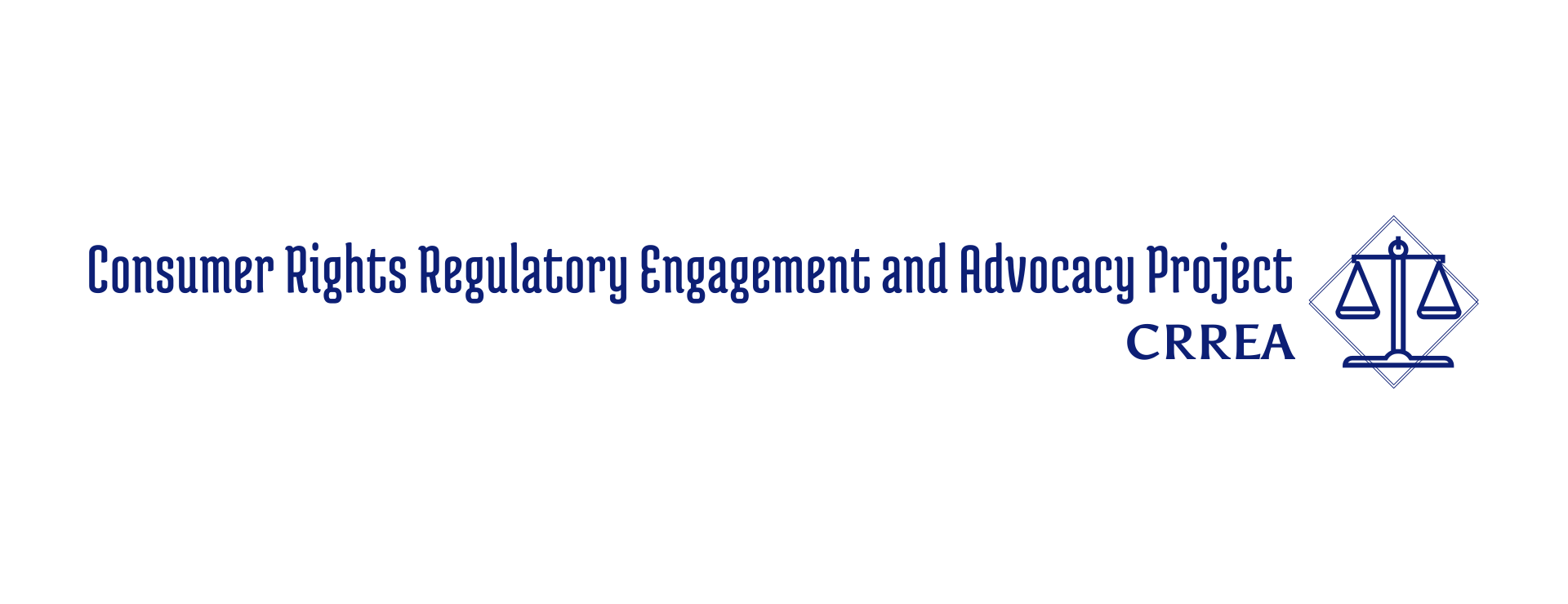A PDF version of this glossary can be downloaded.
Administrative Procedure Act (APA)
A government body given authority by Congress or the Executive branch to implement statutes and otherwise regulate society. Agencies often have an area of expertise, such as the environment (EPA), the workforce (Labor), or consumer finance (CFPB).
Agency
The United States federal statute that governs how federal agencies may develop and promulgate regulations. It includes requirements for publishing notices of proposed rulemaking in the Federal Register and opportunities for public comment.
ANPRM (Advanced Notice of Proposed Rulemaking)
One of the ways a federal agency can solicit input from the public to help it determine whether to develop a proposed rule and what issues are important to the public. An ANPRM is typically narrower in scope than an RFI. An ANPRM is a stronger commitment than an RFI to engage in rulemaking.
Comment
Comments are written feedback from the public to the agency on proposed rulemakings. Anyone can submit comments. Comments form part of the public record of a rule and are available for public review.
Complaint
Agencies often have complaint forms on their websites (just like major corporations). Submitting a complaint about specific harmful business practices can get the agency’s attention. This is most effective when combined with other tools and done on a large scale—one or two isolated complaints may not be enough.
Federal Register
The daily journal of the federal government where agencies publish information about regulatory matters, including notices of proposed rulemaking and public hearings.
Final Rule
The Final Rule must acknowledge all substantive comments received during the notice-and-comment period, as well as explain how the agency addressed them. It is published in the Federal Register and includes an effective date, which is generally no sooner than 30 days after publication. Once a final rule is issued, the notice-and-comment period for that rule is over, and advocates should turn to other strategies to address any shortcomings in the rule.
Letter
You can always send a letter to an agency discussing problems in your community or, if you are not covered by Legal Services Corporation restrictions, requesting that the agency take a certain action. A letter is a good opportunity to influence an agency without having to wait for a formal invitation to do so. Letters are often sent by coalitions to show widespread agreement on the problem and, if applicable, proposed solutions. Usually, such letters are emailed to the agency and can be sent to offices responsible for public engagement as well as any listed staff contact in a Federal Register notice.
Meeting
You may want to meet with agency staff or the head of an agency. When deciding with whom you want to request a meeting, you should think about what you know about the agency, how it functions, and what you want to come out of the meeting. If you are trying to get an agency to make a major policy decision, you will most likely want to meet with the head of the agency. If you are trying to influence more nuanced considerations as to how a rule is drafted or implemented, you will want to meet with the staff charged with carrying out that task. Most agencies have an office that is set up for community affairs, public engagement, or stakeholder management that you can contact to set up a meeting. At the CFPB, reaching out to the Office of Public Engagement is always a good place to start.
It’s always a good idea to establish regular communication with the staff working on an issue you care about. The CFPB has special offices charged with outreach to various communities, including service members, students, older Americans, as well as financial institutions.
NPRM (Notice of Proposed Rulemaking)
The required notice a federal agency must give before it promulgates a rule. By the time an agency releases an NPRM, the scope of the rule is largely set, but the agency is still required to consider comments from the public. The time window for an NPRM is typically 30-60 days.
Public Hearing
Public hearings are another opportunity for agencies to get input from the public on an issue. You can make use of these opportunities by watching the hearing, either through an electronic livestream or in person. Sometimes, public hearings have time for people from the
public to speak if they sign up. Like NPRMs, agencies give public notice. You can also sign up for the agency’s news alerts and press releases.
Publicity
Regulators may be influenced by pressure from the media or members of Congress. Advocates can send comments and other relevant materials to reporters or their representatives’ offices to try to create this pressure.
Regulatory Plan and Research Agenda (together, Unified Agenda)
Federal agencies are required to publish a regulatory plan once per year in the fall, and an agenda that covers regulatory actions twice per year in the fall and spring. These are posted on Reginfo.gov and Regulations.gov, as well as published in the Federal Register. For
more on how to work with the Unified Agenda, see CRREA’s Decoding the Unified Agenda.
Rulewriter or Regulator
Staff who draft the rules and regulations that an agency promulgates.
RFI (Request for Information)
One of the ways a federal agency can solicit input from the public to help it determine whether to develop a proposed rule and what issues are important to the public.
SBREFA (Small Business Regulatory Enforcement Fairness Act)
The Consumer Financial Protection Bureau, the Environmental Protection Agency, and the Occupational Health and Safety Agency are all required to take special steps before issuing a rule that is likely to have a significant impact on a substantial number of small businesses. Before issuing an NPRM, these agencies must prepare an outline of the proposal and review it with a panel of small business representatives. The Small Business Administration helps with the SBREFA process. The SBREFA outline is usually available for public comment.
For more on the rulemaking process, visit: https://www.federalregister.gov/uploads/2011/01/the_rulemaking_process.pdf
